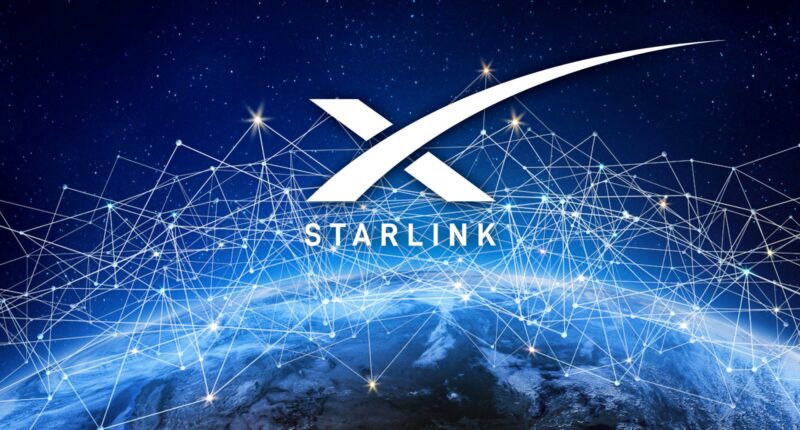Starlink is a satellite internet constellation developed by SpaceX, designed to provide high-speed broadband internet access across the globe, particularly in underserved and remote areas. Launched in 2019, Starlink aims to revolutionize internet connectivity by utilizing a network of low Earth orbit (LEO) satellites, significantly reducing latency and improving service quality compared to traditional satellite internet systems.
How Starlink Works
Starlink operates with a constellation of thousands of satellites orbiting Earth at approximately 550 kilometers (about 342 miles). This low orbit allows for reduced latency—typically around 20-40 milliseconds—compared to traditional geostationary satellites that operate at altitudes of 35,786 kilometers, where latency can exceed 600 milliseconds. Starlink’s design includes compact, flat-panel satellites equipped with advanced phased array antennas and autonomous navigation systems to avoid collisions and optimize data transmission.
Key Features
- Global Coverage: Starlink aims to provide internet access to users in every corner of the globe, including rural and remote areas where traditional broadband services are limited or unavailable.
- High-Speed Internet: Users can expect download speeds ranging from 50 Mbps to 220 Mbps, with many experiencing speeds over 100 Mbps, making it suitable for streaming, gaming, and video calls.
- Rapid Deployment: The Starlink kit includes a satellite dish, Wi-Fi router, and necessary cables, allowing users to set up their internet connection quickly and easily.
- Self-Adjusting Technology: The satellite dish automatically aligns itself to connect with satellites overhead, ensuring a stable internet connection.
Satellite Technology
Starlink satellites are designed with several advanced technologies:
- Optical Intersatellite Links: Some satellites are equipped with laser communication systems that allow them to transmit data between each other without needing ground stations, enhancing global coverage.
- Krypton Propulsion: Starlink satellites utilize krypton-powered ion thrusters for maneuverability, making them the first spacecraft to use this type of propulsion.
- Debris Mitigation: The satellites have systems in place to minimize their brightness and reduce space debris, addressing concerns from astronomers and regulatory bodies.
Pricing and Availability
Starlink’s pricing structure includes a one-time hardware fee for the satellite dish and router, along with a monthly service fee. In the United States, the initial cost is around $599 for the equipment and approximately $120 per month for internet service. The service is available in numerous countries, including the US, Canada, the UK, and parts of Europe and Australia, with plans for further expansion.
Pros and Cons
| Pros | Cons |
|---|---|
| High-speed internet in remote areas | Higher initial setup cost compared to traditional ISPs |
| Low latency suitable for gaming and streaming | Speeds may vary with network congestion |
| Rapid setup and deployment | Limited availability in some regions |
| Continuous expansion of satellite network | Concerns over light pollution and space debris |
Conclusion
Starlink represents a significant advancement in satellite internet technology, providing high-speed, low-latency internet access to users around the world. Its innovative approach to satellite deployment and operation positions it as a key player in bridging the digital divide, enabling connectivity for those in remote and underserved areas. As SpaceX continues to expand the constellation and enhance service capabilities, Starlink is poised to redefine how we think about internet access globally.









